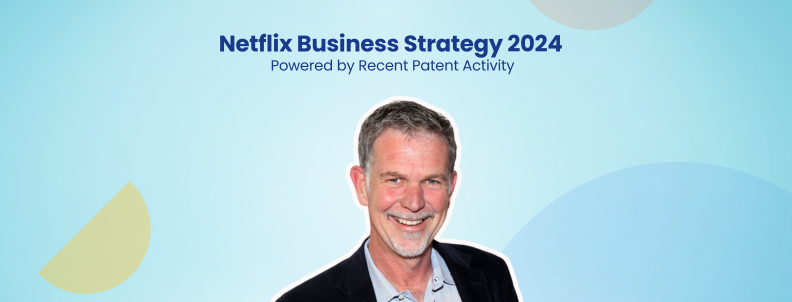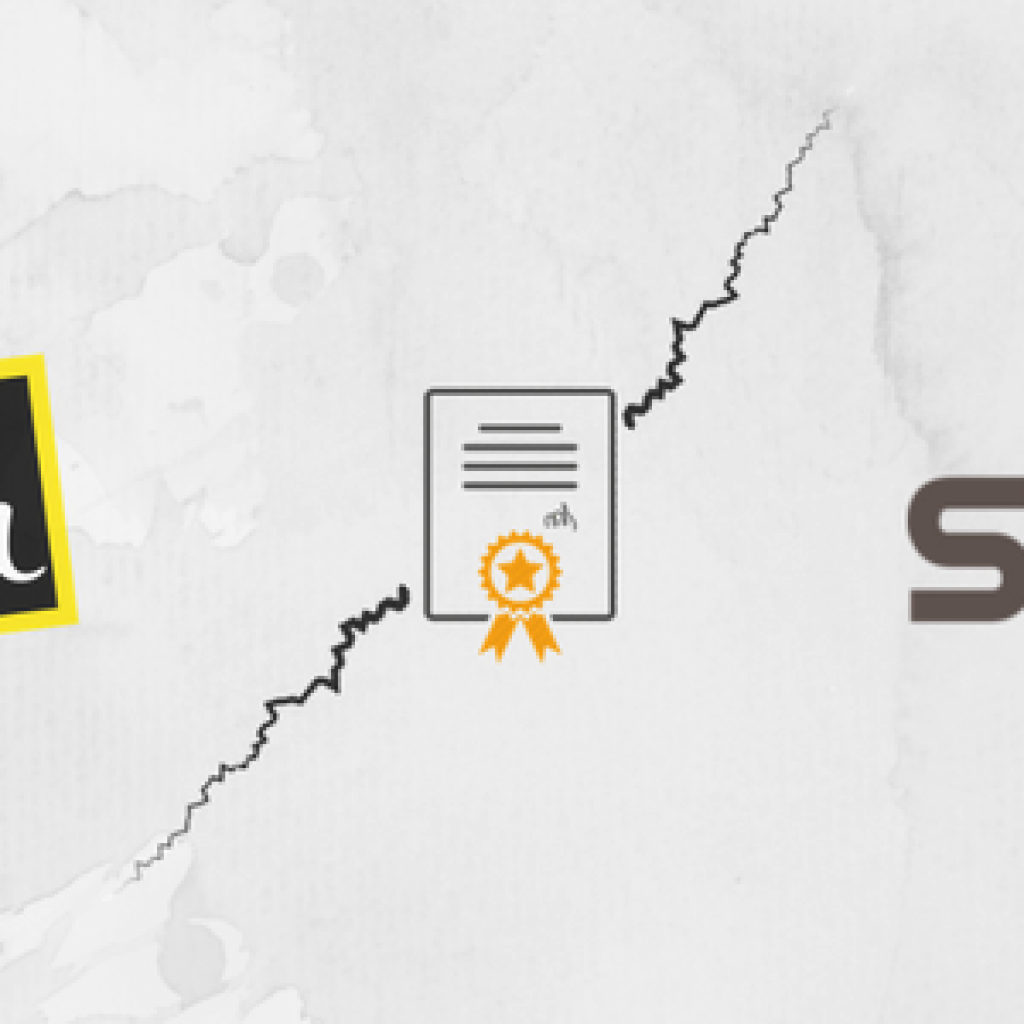In 2005 the Intellectual Property Owners Association (“IPO”) conducted a survey of its members on the subject of patent quality. At that time, more than 50% of responding IPO members felt that the quality of their patents was either less than satisfactory or poor. For most, patent quality means the ability to enforce, and enforcement is based on establishing infringement (based on claim language) and maintaining validity. Given the historical treatment of issued patents under the PTO’s current IPR process, validity and therefore, patent quality remains lacking.
In this article, I will focus on validity as it pertains to patent quality because validity is actually a factor over which patent practitioners have some control. A patent practitioner can obtain information related to potential validity by conducting a meaningful prior art search. Since the client retains the ultimate authority to decide whether or not a prior art search should be conducted, an IP attorney needs to ensure that the client is educated on those issues that affect validity.
Each state comprising the United States has its own Rules of Professional Responsibility. Further, those who practice before the PTO are obligated to follow the PTO’s ethical rules. Both require that patent lawyers educate their clients to an extent that the client can make an informed decision (See, PTO Model Rules of Professional Conduct Section 11.104(5)(b)).
(b) A practitioner shall explain a matter to the extent reasonably necessary to permit the client to make informed decisions regarding the representation.
With respect to patent validity education, in my opinion, means including a discussion on how and why a substantial majority of patent claims are rejected under prior art when brought before the PTO under the IPR process.
Let’s have a look at the most recent IPR statistics from the PTO. In 2015, the PTO rejected all of the petitioned claims in 18% of the patents as being obvious or anticipated by prior art. Further, during 2013-15, an overwhelming 87% of patents had some claims rejected for the same reason. Looking at it from a practical standpoint, the IPR process is telling us that it could well be that the majority of patents issued by the PTO are invalid based on prior art.
A study from 2013 indicated that 83% of IPRs came out of pending litigation. It can, therefore, be assumed that most of the patents involved in the IPR process are investigated at least once for due diligence purposes. After all, if these patents were initially the subject of a lawsuit then the plaintiff’s counsel had to satisfy their Rule 11 obligations. Due diligence investigations require some sort of prior art analysis.
If no pre-litigation prior art search was conducted, then we can assume that the applicant relied on an examiner’s search and/or conducted some form of prior art search prior to filing. My guess is that most patent applicants in the past 10-15 years have been relying on the prior art searching abilities of the PTO’s examiners. Obviously, with such a high rejection rate coming out of the IPR process, current prior art searching procedures coming out of the PTO, or from the applicant, are not identifying the most relevant prior art.
What is the cost of this failure? Initially, application drafting and prosecution costs are running around $25-$35 thousand per patent. Add on maintenance fees and the costs of litigation preparation and the total loss for each invalid patent is substantial.
Let’s assume a conservative amount of $200,000 wasted in prosecution and litigation expenses per invalidated patent in 2015. Just for 2015, the PTO invalidated 170 patents in 2015 in IPR proceedings, at a cost in lost dollars of $34 million to patent holders.
Who is responsible for such an investment that results in a negative rate of return? Ultimately, it is the client’s decision on whether or not to conduct a prior art search before a patent application is drafted. It is also the client’s decision on the breadth of such a search. My question to patent practitioners is, “Are you educating your clients on the impact of IPR proceedings?”
If so, are you advising your clients to conduct a thorough prior art search before deciding on whether to file a particular application? There is only one way to discover relevant prior art and that’s with prior art search. The extent of such a search is, of course, limited to available funds and reasonableness with respect to the business objectives of the client.
My point is, however, that under the rules of ethics the client has the ultimate decision. Under these same rules, patent counsel must educate the client for the client to make an “informed” decision. A client cannot make an informed decision unless it is made aware that most issued patent claims are being found invalid under the PTO’s IPR process. By their very nature, patents that are subject to an IPR are the cream of the crop in the view of their owners. If these patents are being found lacking in view of prior art, what can we say about the remainder of the patents that are not of litigation quality?
Obviously, conducting a meaningful prior art search adds cost to the application process. However, if the IPR statistics are to be believed, failing to conduct a prior art search or conducting an inadequate prior art search results in far higher costs, along with wasted time. Only the client can resolve these competing interests by making an informed decision on whether or not to conduct a meaningful prior art search before authorizing the drafting and filing of a patent application.

Eric Halber, the author of the article, is a thought leader in the IP space. He has over 25 years of experience in IP litigation and prosecution with Fortune 500 companies and top law firms. You can follow Eric on LinkedIn from here.
Eric is sharing his extensive experience through a series of articles on GreyB. You can subscribe to our email newsletters to get notified about his strategies and thought process from here: Click here to Subscribe.










